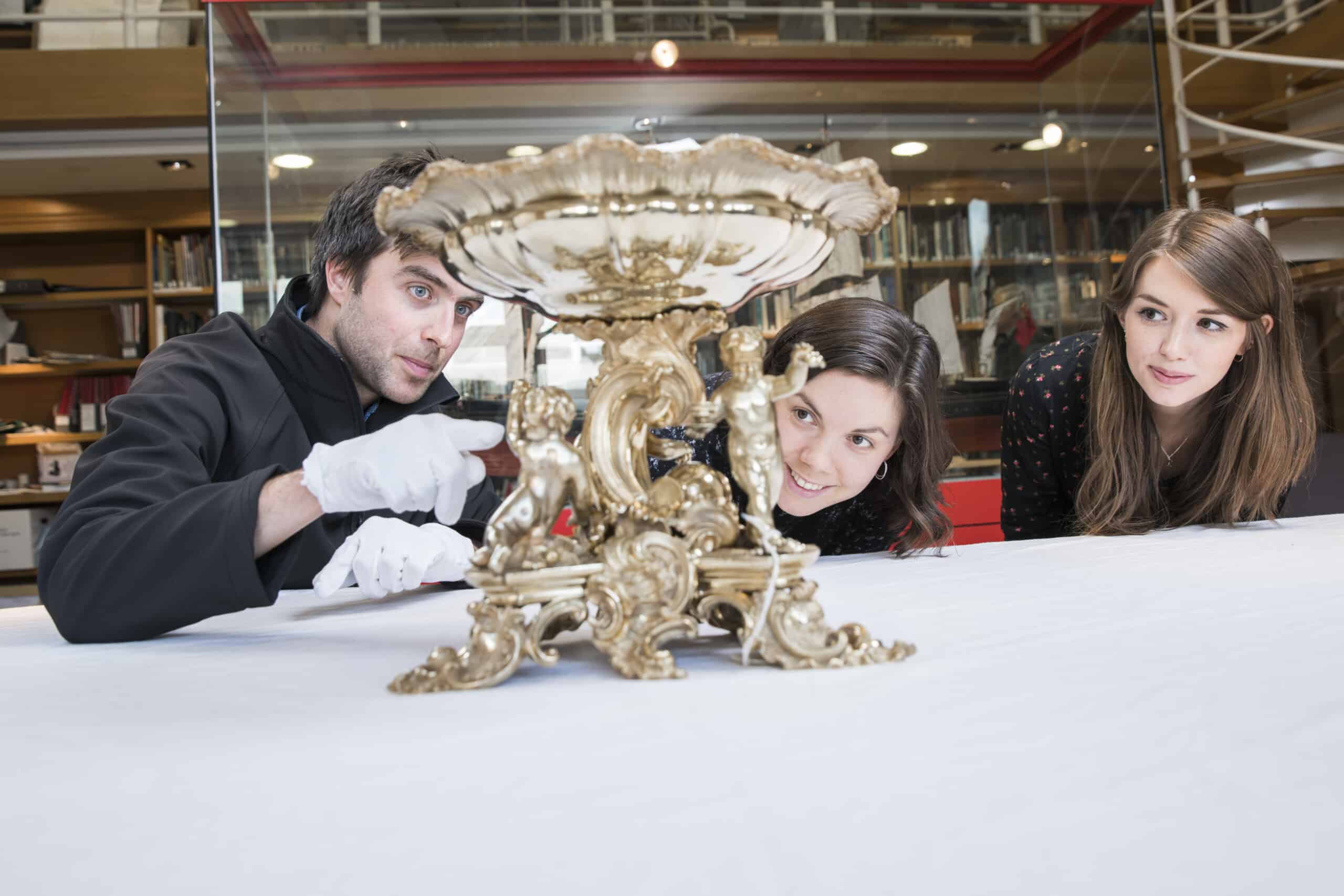The wealthier Victorian could choose to travel in style with a Louis Vuitton grey Trianon canvas trunk, first introduced in 1858. These trunks were lightweight and airtight, whilst also being the first trunks to have a flat top and bottom so that they could be stacked on top of one another with ease (making sensible use of the ten cubic feet allotted to each adult on the Great Britain). Before the introduction of Vuitton’s trunks, rounded-top trunks were generally used to allow water to run-off. Louis Vuitton had been appointed as the official trunk maker and packer to the fashionable Empress Eugénie of France in 1853. Many luggage makers began to imitate Vuitton’s style and design, helping to make flat bottomed trunks accessible to more people.
Emigration guides were produced and sold to assist those who were moving abroad. These included helpful tips on what to expect in their new home, as well as hints on what clothes and belongings to pack for the long voyage. An 1866 Colonization Circular issued by Her Majesty’s Emigration Commissioners suggests that men and women should have at least two outfits as well as necessary items, such as cutlery, soap, a hairbrush and comb, and a tin mug. The Circular advised single women emigrating to Australia, on ships such as the Great Britain, to pack: one hooded cloak, one trimmed bonnet and one sun hat, one woven dress, two printed cotton dresses, six shifts, five flannel petticoats, a pair of stays, four night caps and sleeping jackets, 6 pairs of hose, a pair of leather shoes, and a pair of leather boots.
For use on the voyage, shoes or slippers were recommended as being much more convenient than leather boots, which could be damaged by the effects of sea water. Passengers on the Great Britain could only access their trunks in the hold after one month at sea, and therefore had to rely on their ‘hand luggage’ for spare clothes. Consequently, emigration guides proposed passengers to take as much clothing as possible!
Could you survive living for up to two months at sea with only two different sets of clothes?
Author: Victoria Haddock, Collections Officer




